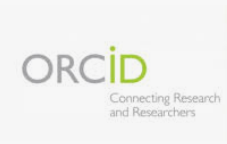False pathways in patients treated at the Faculty of Dentistry of Havana
Keywords:
endo-periodontal lesion, false pathway, periodontitisAbstract
Introduction: the false way is the artificial opening in the walls of the conduit due to penetration of the dentin; which causes communication between the pulp space and the periodontium. These accidents often occur during endodontic treatments or when preparing the bed for bolt placement. This causes damage to the periodontium, and periodontal pockets may develop.
Objectives: to identify the frequency of these accidents, and to determine their association with the presence of periodontitis.
Materials and Methods: a descriptive and cross-sectional study was carried out in the Faculty of Dentistry of Havana, between January 2011 and January 2016. The universe consisted of 50 teeth with false pathway, corresponding to 50 patients. The information was obtained through: interrogation, clinical examination, radiographs and medical histories, with the consent of the patients. A completed form was filled out.
Results: 52.0% of false pathways corresponded to the group of 35 to 59 years, the teeth most affected were the incisors, with 40.0%. 60.0% of the perforations were caused by endodontic therapy. Periodontitis was detected in 30.0% of the perforated teeth.
Conclusions: the false pathways were predominant in the age group of 35 to 59 years, the incisors were the most affected teeth, most of the lesions occurred during endodontic therapy. More than a quarter of the lesions were associated with periodontitis.
Downloads
Published
How to Cite
Issue
Section
License
All content published in this journal is Open Access, distributed under the terms of the CC BY-NC 4.0 License.
It allows:
- Copy and redistribute published material in any medium or format.
- Adapt the content.
This will be done under the following terms:
- Attribute the authors' credits and indicate whether changes were made, in which case it must be in a reasonable way.
- Non-commercial use.
- Recognize the journal where it is published.
The copyrights of each article are maintained, without restrictions.





